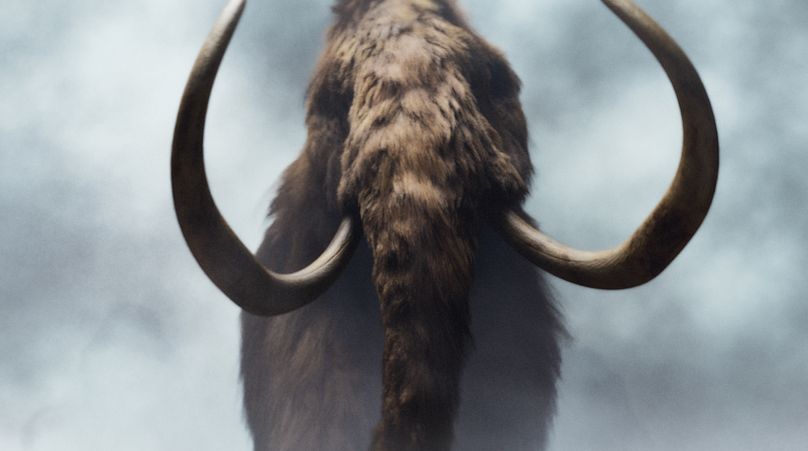
Just because it is extinct, doesn’t mean we can’t have meat from the woolly mammoth.
Australian cultured meat company, Vow, has just unveiled a one-of-a-kind giant mammoth meatball at the NEMO Science Museum in Amsterdam, Netherlands. It was presented to spark conversation about the future of meat.
«We wanted to get people excited about the future of food, being different to potentially what we had before,» said co-founder of Vow Tim Noakesmith at the event.
Cultivated or lab-grown meat is made from animal cells. Livestock doesn’t need to be killed to produce it, which advocates say is better not just for the animals but also for the environment.
«We chose woolly mammoth meat because it is a symbol of loss, wiped out by climate change,» said Noakesmith. «We face a similar fate if we don’t do things differently.»

How to cook mammoth meat?
The food scientists have cultivated the world’s first meat made from extinct animals. Growing the jumbo meatball in a laboratory took several weeks, using DNA cells from the mammoth and filling in some gaps in the sequence with genes from the African elephant, the mammoth’s closest living relative.
Tim Noakesmith
Co-founder, Vow
But don’t expect a taste just yet.
The thousands-of-years-old protein requires safety testing before humans can tuck in.
«I won’t eat it at the moment because we haven’t seen this protein for 4,000 years,» said Ernst Wolvetang of the Queensland University’s Australian Institute of Bioengineering, who worked with Vow on the project.
The scientists slow-cooked the giant ball in an oven before browning the outside with a blowtorch.
«It smelt a bit like when we cook our crocodile meat,» said Vow’s chief scientific officer James Ryan.

Could mammoth meat be on the menu in the future?
Unveiling the mammoth meatball comes as global meat consumption has almost doubled since the early 1960s, according to the UN’s Food and Agriculture Organization. At the same time, global livestock farming represents some 14.5 per cent of global greenhouse gas emissions caused by humans.
Meat consumption is projected to increase more than 70 per cent by 2050, and scientists have increasingly been turning to alternatives such as plant-based meats and lab-grown meat.
Watch the video above to learn more about the Mammoth Meatball.

